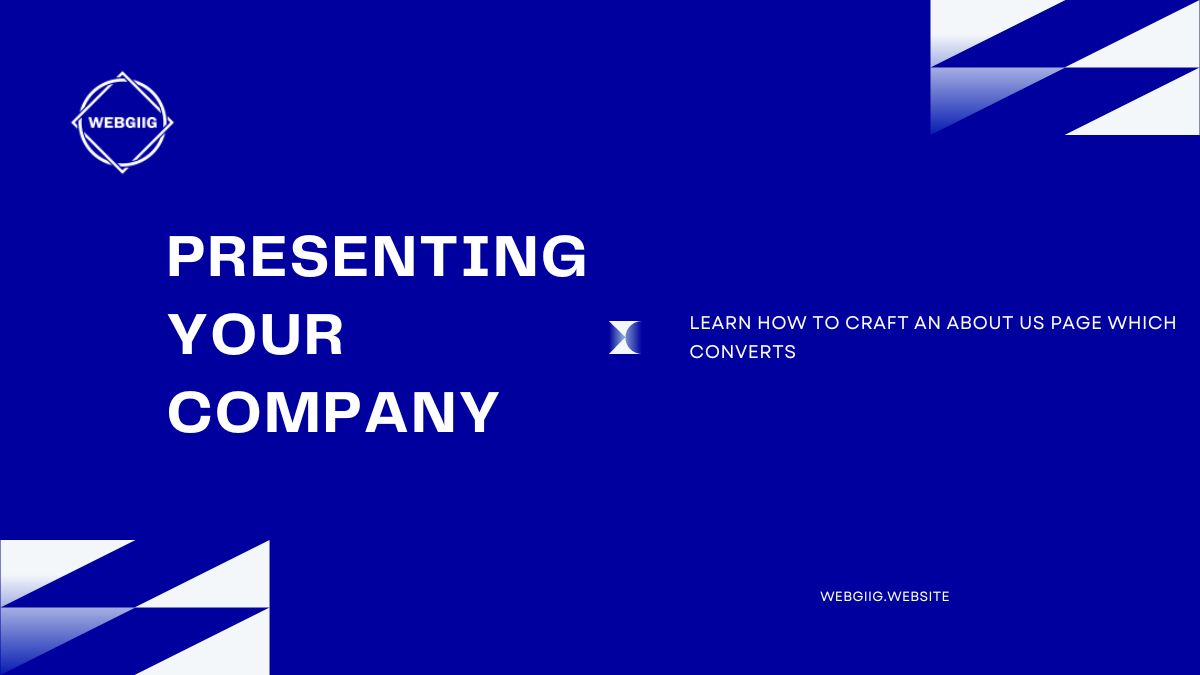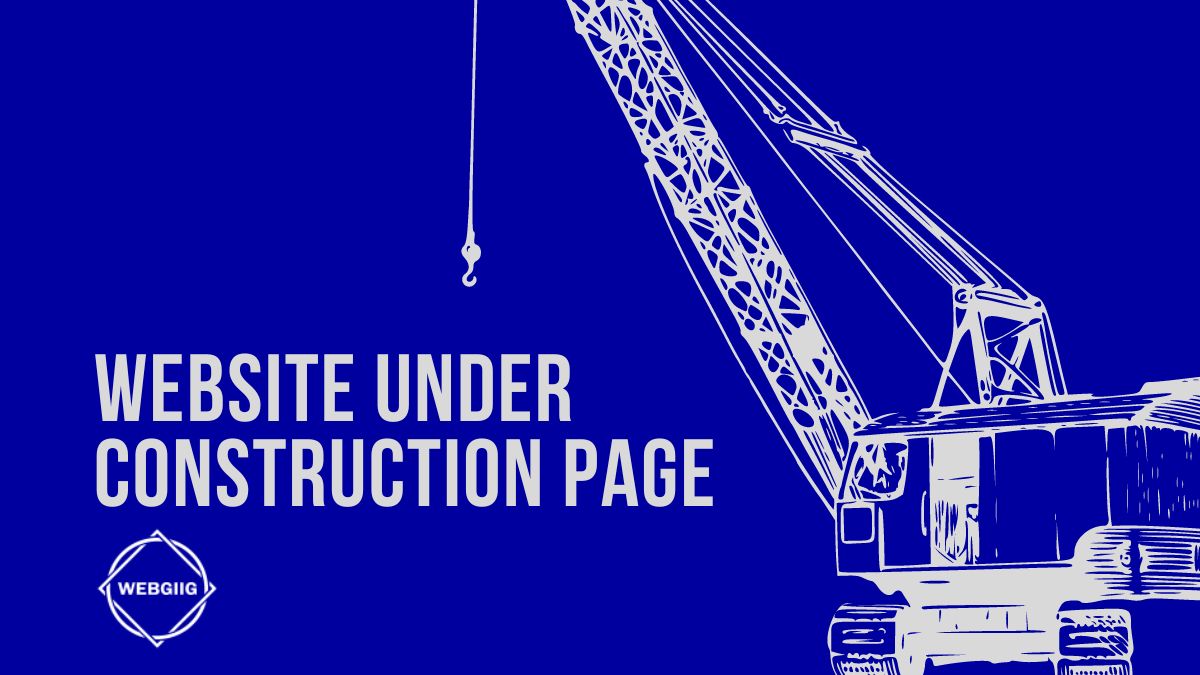Websites are undoubtedly the most important element of the Internet. Nevertheless, the term is often used inconsistently, so this article will hopefully shed some light on the subject and equally provide an answer to the question: What is a website?
Who needs to be on the Web?
Entrepreneurs need a site that reflects their business and presents it. The objective is to inform customers and prospects of the products or services offered, or to market its products.
As far as individuals are concerned, having their own website is an opportunity to take an active part in the public debate. The proliferation of private sites testifies to this and many offer informative content, or content that is simply intended to entertain.
In addition, your web presence coupled with a social media profile can permit you to reach potential employers or like-minded individuals. A website is a door opener to almost anybody, which is the main reason for its exponential growth around the world.
Building a website
Many companies indicate the web address of their site on business cards or in email signatures. By typing the URL (Uniform Resource Locator), i.e. the address of the site in the search bar of the browser, one usually arrives directly at the home page of the website. Internet users can then browse the other pages of the site, which are HTML documents linked to the home page by hyperlinks (often simply called “links”).
Users are often encouraged to go to the most important subpages (product groups, information pages, categories…) during navigation. Links to the main pages of the site are often present on the header of the site but also at the bottom of the page. This navigation is facilitated by the menus, which allow the user to navigate and have an overview of the site.
Websites – dynamic or static?
If the goal of the site is simply that of an online business card, then a static web page will be sufficient. For this, HTML documents containing the desired information are created and saved on the server with its own URL. When a user visits the site, the static Web page will be displayed as it was saved on the server.
What happens when a website regularly needs to upload new content?
Changes to a static web page must always be made manually on the HTML code for each subpage. With dynamic web pages, the workflow is different. These pages are generated each time the server requests them, which systematically adapts the content of the page, unlike static web pages.
For this, dynamic web pages separate the content from the layout entirely. These two separate elements are then assembled when the page is displayed on the browser. As a result, dynamic web pages require much more performance from the server and an appropriate database.
Typically, dynamic web pages are developed from templates (the architecture of a page’s design). Due to their flexibility, the popularity of dynamic pages on the Web is constantly increasing.
Comparing static and dynamic web pages
| Static pages | Advantages: Static web pages have reasonable operating costs because they require less server performance in terms of storage. HTML documents are designed all at once, they display as is, and deliver content that remains relevant. If one goes to a static web page, the loading time is relatively small compared to dynamic web pages. |
| Disadvantages: If information changes have to be made, each HTML page has to be edited manually and this represents a greater workload. This type of manipulation requires programming knowledge. In addition, an FTP program is required to transfer HTML documents to the web server. | |
| Dynamic pages | Pros: Flexibility is the primary benefit of dynamic web pages. Thanks to the separation between the content and the layout of the website, even people without technical programming knowledge can make changes to the content. Typically, a simple text editor is used to make changes. On the other hand, dynamic web pages react to user data. |
| Disadvantages: the development of dynamic web pages often requires the use of a CMS (or an e-commerce solution). In addition to basic knowledge of HTML, proficiency in programming languages such as Perl or PHP is sometimes required. The server on which the website is hosted must also have a large storage capacity. Depending on the size of the project, dynamic Web pages require more server resources than static Web pages. |
Create your own website
Depending on the type of presence you want on the Web and the size of the project, you have three options for creating your website. It used to be customary to program the source code yourself using an HTML editor in order to create your home page. But many possibilities and solutions are now available, whether CMS or online site publishers.
Businesses and individuals who do not have the necessary programming knowledge can choose from the multitude of paid providers that offer professional website development and maintenance tools.
Related: How much does a website cost?
Website builders: the perfect solution to get started.
Today, you don’t need to be a programmer in order to create your website. With the help of website editors, you can create the desired result in a few clicks and choose from many templates.
You can draw inspiration from texts and images that are already adapted to many available industries. These creative support bases are based on the principle of “What You See Is What You Get” and allow you to proceed step by step. Changes can be made easily, with a preview tool. If the layout corresponds to the desired result, the editor allows you to freely insert texts, videos and images.
If your site builder is paired with a web hosting service, the result can be brought online in a few clicks. This type of service also offers other advantages, as websites can be created without prior programming knowledge and changes can be made directly on the editor. The disadvantage of this type of service, however, lies in the lack of flexibility in terms of customization, since the templates are pre-designed and reserved for static web pages.
CMS: an effective web design tool for experienced users
For those who are willing to invest a little more in website development and want to work with scripting languages such as HTML or PHP, CMS (content management system) is a good solution. Once installed on the Web server, CMS (or “content management system”) make it possible to separately manage the content of the site on the one hand, and its core on the other hand, i.e. the architecture of the site.
CMS generally work with a database and allows you to generate dynamic web pages. These content management systems are just as popular among company sites as they are to individuals, especially because they are often free and open source.
The market leaders are WordPress, Joomla, Drupal and eZ Publish, many of whose templates and browser extensions are available so that you can carry out a wide range of customization of your website.
Just like site builders, text, video, and image elements are easy to integrate. This part of the CMS is called the front-end. It makes it possible to manage editorial tasks, even for people with limited technical knowledge.
IIn order to secure your website, it should always be managed by an administrator who takes care of updates and ensures that the site runs smoothly in the long run. The administrator works on the back end, which necessarily requires knowledge of CMS programming languages.
The solution for professionals: programmed HTML pages
For a complete customization of your website, you could program the HTML source code of documents or CMS templates yourself. If you want to launch your website as an individual, this option is only open to you if you have the required technical knowledge or want to acquire it.
Typically, companies outsource the development of their own website rather than directly hiring a dedicated staff for the task.

In order to develop a static and simple web page, basic knowledge of HTML and CSS (Cascading Style Sheets) is sufficient. For this, beginners can use site editors, which enables them to see how the source code changes the structure, design or layout of the site.
Since professional websites must meet certain security standards, in addition to elaborate display and features, it is recommended to use the services of a programmer, web designer or agency.
What should we look out for?
Putting content online has never been easier. But before launching your website and content, you have to make sure that everything is in order from a legal point of view. Otherwise, you may incur legal risks or a fine. That’s why it’s your duty as an administrator is to check whether your site should display legal notices (it often does) and whether you’re posting copyrighted content.
- Legal notice: Legal notices provide information about the administrator of a site and contribute to more transparency on the Web. As a general rule, legal notices are not mandatory if your site is for private use and of purely personal interest. These types of sites represent a small part of the web ecosystem. For example, even a personally managed blog is aimed at the public and even this type of site requires the display of legal notices. Compliance with this constraint is all the more important for online sales or service sites and those of a journalistic nature.
- Copyright: Copyright is to be scrupulously respected online too. The unauthorized use of texts, images, videos or music is a crime. The exploitation of a copyrighted work is only permitted with the consent of the author or rights holder. Since software is also protected by copyright, even the use of a template can lead to legal complications, unless its author has not clearly specified that the template can be used for free.






